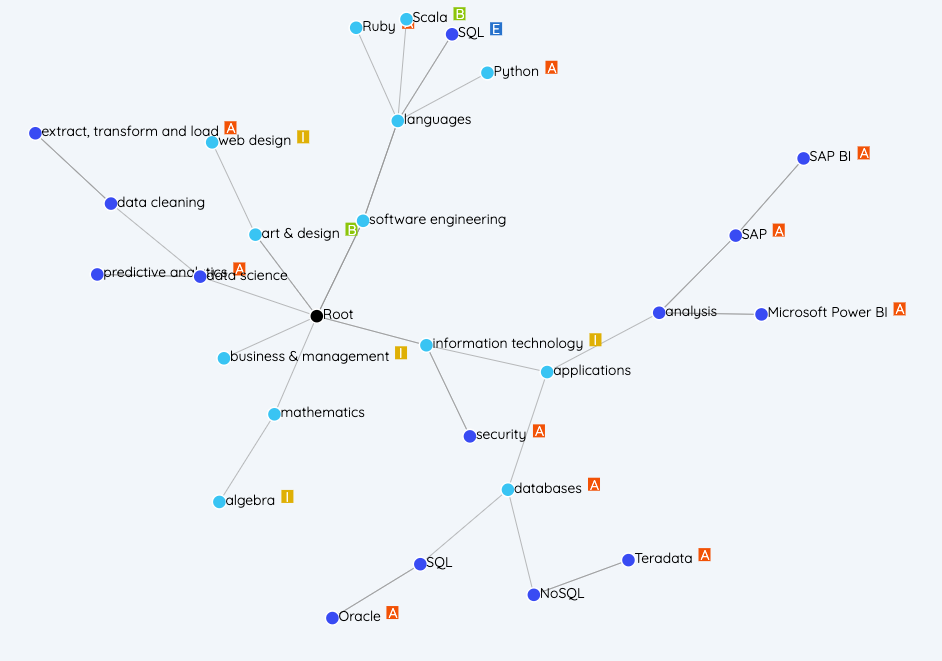
How do we describe the skills someone has, the competences required for a particular job, or the knowledge someone is planning to acquire? Learning and reskilling are key processes, and the education and employment sectors have always looked for clear frameworks to list and describe skills. Two of the best-known attempts are ESCO (European Skills, Competences, Qualifications and Occupations) And O*NET (the Occupational Information Network). Together, these databases describe thousands of skills and jobs.
In ESCO’s own words, it “works as a dictionary, describing, identifying and classifying professional occupations, skills, and qualifications relevant for the EU labour market and education and training.” O*NET aims to be “the [United States’] primary source of occupational information”. These systems aim to standardise and to define, allowing organisations, policymakers and regulators to work together. As such, their world-view is static and often out-of-date.
The world of work is moving ever more quickly: new techniques and frameworks are constantly developing, and professionals have a constant need to retrain and upskill. To keep up, LearnerShape aims to support the learning requirements of different organisations with dynamic, customised skill maps. We used advanced AI techniques to allow such customised maps to work effectively.
Here is an example of the LearnerShape skill map:

The LearnerShape skill map shows the skills you have (light blue) and the skills you are learning (dark blue), organised by skill category.
The skills map is dynamic: you can add new skills and skill categories of your own, and LearnerShape will recommend learning resources of any type (courses, articles, audiovisual and other materials) for your skills.
We have built a public skill map that initially focuses on the tech industry, and is quickly expanding. And we are developing customised skills maps with our customers and partners. Any combination of skills or organisation of skills can be used!
This approach is much more flexible than sticking to a predefined skills map such as ESCO or O*NET. The same skill can appear in multiple places — for example Python, which can be found under software engineering/languages or software engineering/frameworks — and our technology recognises it wherever it appears.
A flexible skill map allows us to use machine learning to plot an organisation’s skills and detect patterns. For example, here we see some of the skills of the LearnerShape team:

As we work to provide tools for mapping organisational skill sets and recommending customised learning pathways, we rely on a variety of AI, machine learning and data science techniques to link skills, courses and jobs to the skill map. Stay tuned for more details, or join our public or private beta.
Dr Fintan Nagle
Co-Founder & CTO, LearnerShape